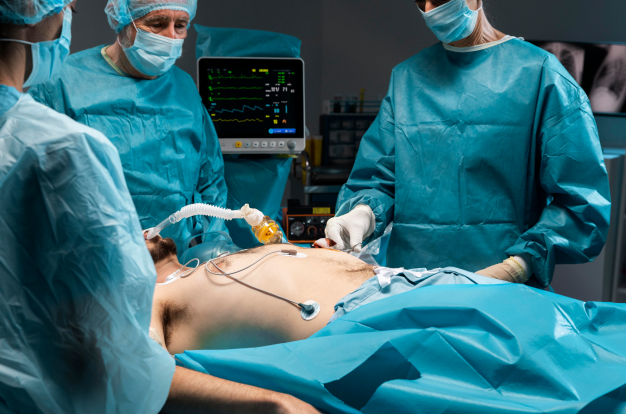
Caritas Heart Institute
Cardiovascular Exercise: A Key to a Healthy Heart
December 2023

Interventional cardiology has witnessed remarkable advancements in recent years, and one of the most significant breakthroughs is the integration of robotics into cardiovascular procedures. The use of robotics in interventional cardiology procedures offers numerous advantages, from increased precision to enhanced patient safety. In this article, we will explore the role of robotics in interventional cardiology and how it is reshaping the field.
The Emergence of Robotics in Cardiology
Robotic-assisted procedures in cardiology have evolved from the broader field of minimally invasive surgery, where robotics have been used for several decades. In interventional cardiology, robotics are used to improve the accuracy and efficiency of procedures, reduce radiation exposure, and minimize trauma to the patient.
Robotic-Assisted Procedures in Cardiology
Advantages of Robotics in Interventional Cardiology
Challenges and Future Developments
While the integration of robotics in interventional cardiology has shown immense promise, there are still challenges to address. These include the cost of implementing and maintaining robotic systems and the learning curve for medical professionals.
Future developments may include even more miniaturized robotic systems, increased automation, and artificial intelligence integration for procedural guidance and decision-making support.
The role of robotics in interventional cardiology procedures is expanding rapidly, offering numerous benefits to patients and healthcare providers. With improved precision, reduced radiation exposure, and enhanced patient outcomes, robotic-assisted procedures are helping to reshape the field of cardiology. As technology continues to advance, we can anticipate even more remarkable developments in the integration of robotics, further improving patient care and expanding access to high-quality cardiovascular interventions. The collaboration between human expertise and robotic precision is creating a brighter future for interventional cardiology.

Caritas Heart Institute
December 2023